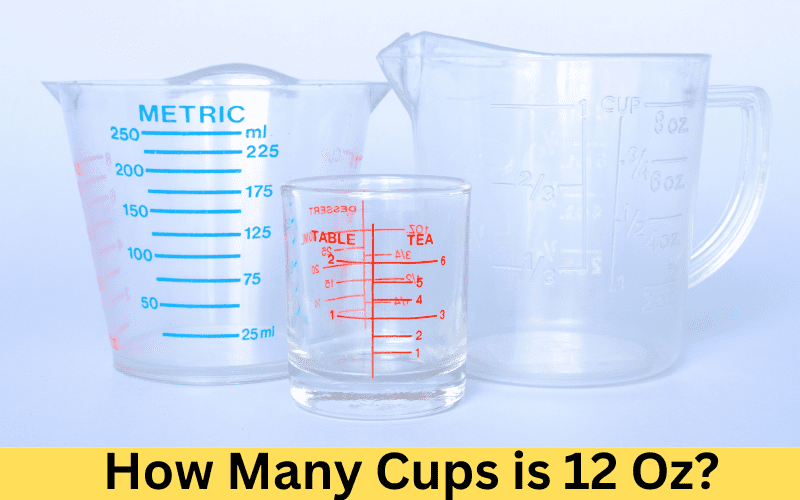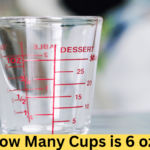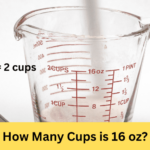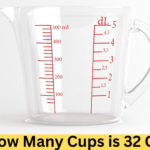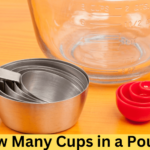Do you ever just happen to be in the kitchen, wondering how many cups is 12 oz? Whether you’re a seasoned cook or a baking enthusiast, accurate measurements are key to achieving delicious results. Well, the answer to your question is simple: 12 oz is equal to 1.5 cups! But that’s not all. In this article, we will delve deeper into how many cups is 12 oz and explore specific ingredient measurements. So let’s get started and uncover the secrets of perfect measurements in your culinary adventures!
What Is A Cup?
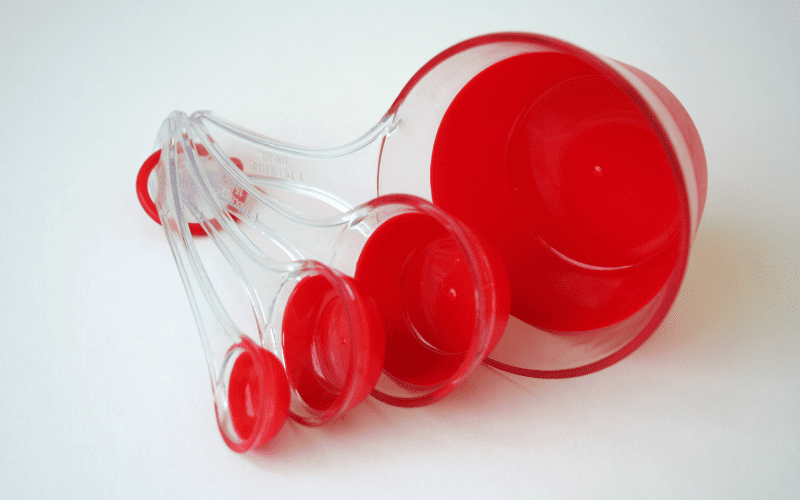
A cup is a unit of measurement commonly used in cooking and baking. It is a volumetric measurement equal to 8 fluid ounces (fl oz) or approximately 237 milliliters (ml). A standard measuring cup typically has markings indicating different fractions of a cup, such as 1/4, 1/3, 1/2, and 1 cup.
When Should You Use Cup?
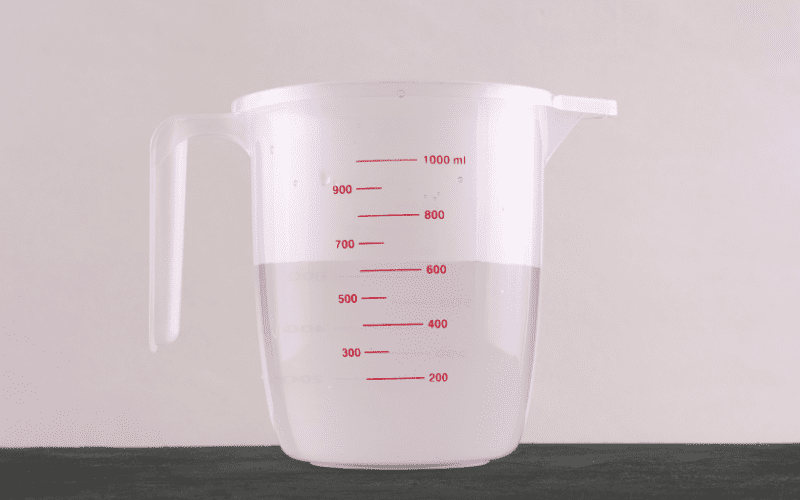
Cups are commonly used for measuring both liquid and dry ingredients in recipes. Here are some instances when you should use cups:
- Liquid Ingredients: Cups are ideal for measuring liquids such as water, milk, oil, broth, or juice. This includes both hot and cold liquids.
- Dry Ingredients: Many recipes specify measurements in cups for dry ingredients like flour, sugar, cocoa powder, grains, and more. It provides a convenient and consistent way to measure these ingredients.
- Recipe Consistency: Using cups ensures that you achieve the desired consistency in your recipes. It allows you to accurately measure and proportion ingredients for the best possible results.
What Is an Oz?

An ounce (oz) is a unit of weight or mass commonly used in the United States and a few other countries. It is equivalent to 1/16 of a pound or approximately 28.35 grams. The abbreviation “oz” is derived from the old Italian word “onza.”
When Should You Use Oz?
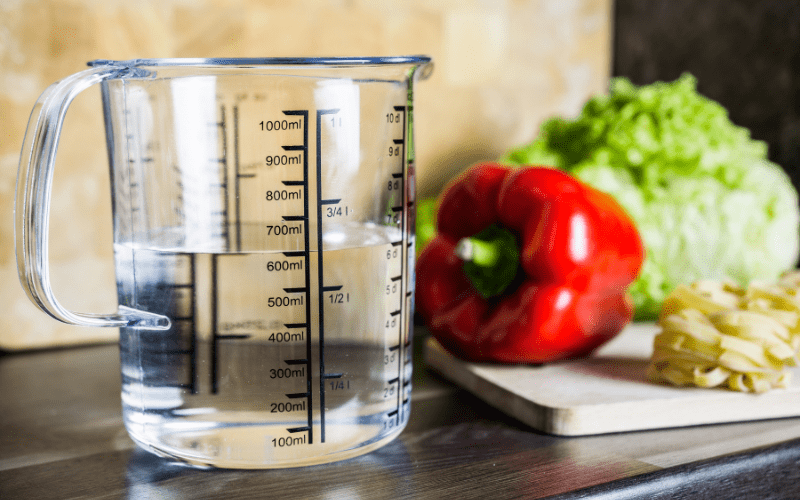
Ounces are primarily used as a unit of measurement for weight or mass. Here are some situations where you would use ounces:
- Weight Measurement: Ounces are commonly used for weighing ingredients, especially in recipes that require precise measurements by weight. This is often the case in professional baking or when following recipes that provide weight measurements.
- Package Sizes: Many food products, such as meat, cheese, or spices, are often labeled with ounce measurements to indicate the quantity contained in the package. This helps with portioning or understanding the size of the product.
- Fluid Ounces: In the context of liquids, fluid ounces are used to measure volume. Fluid ounces and cups are often used interchangeably when measuring liquid ingredients in recipes.
Differences Between Cup and Ounce
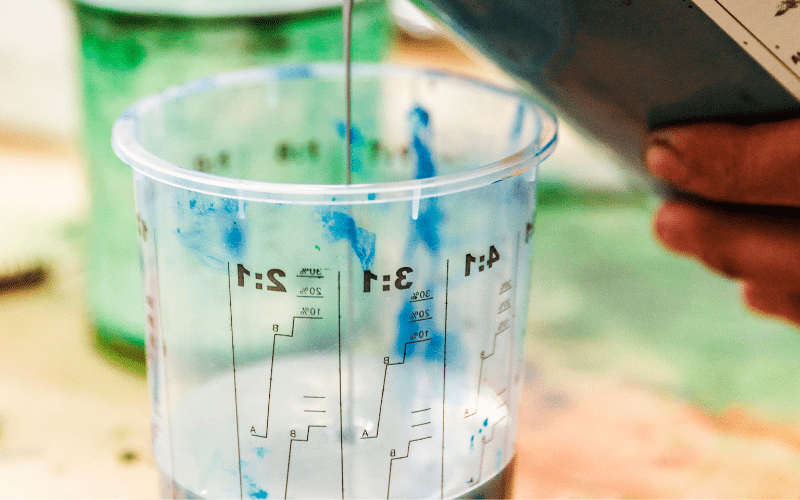
| Cup | Ounce |
|---|---|
| Unit of measurement for volume. | Unit of measurement for weight or mass. |
| Equal to 8 fluid ounces (fl oz) or approximately 237 milliliters (ml). | Equal to 1/16 of a pound or approximately 28.35 grams. |
| Used to measure both liquid and dry ingredients in cooking and baking. | Used primarily for weighing ingredients and indicating product quantities. |
| Provides a convenient and consistent way to measure ingredients for recipes. | Often used in professional baking or when following recipes with weight measurements. |
| Commonly used for liquids such as water, milk, oil, and broth. | Used for a wide range of food products, including meat, cheese, spices, and more. |
| Helps achieve the desired consistency and proportion of ingredients in recipes. | Helps with portioning and understanding the size of packaged food items. |
| Typically measured using a standard measuring cup with marked increments. | Can be measured using a kitchen scale or specified on product labels. |
| Can be interchanged with fluid ounces when measuring liquid ingredients. | Fluid ounces measure volume, while ounces (weight) measure mass. |
It’s important to understand the differences between cups and ounces to ensure accurate and precise measurements in your cooking and baking endeavors.
How Many Cups is 12 Ounces?
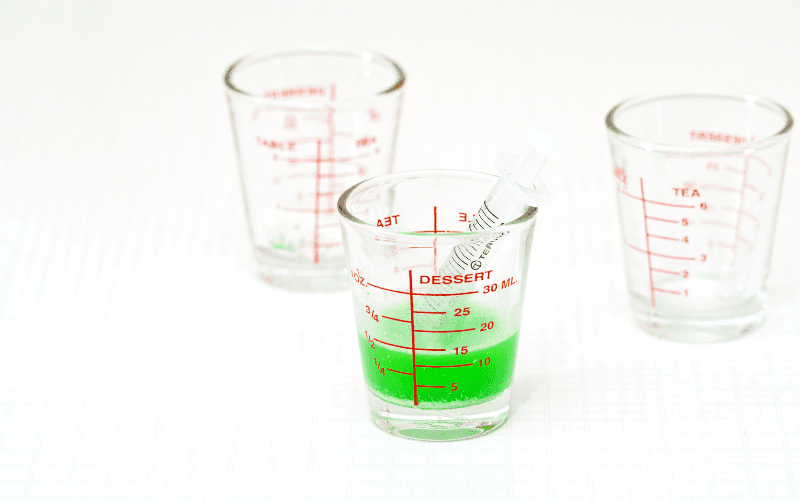
Do you know how many cups is 12 oz? Let’s find out an answer below:
12 oz is equal to 1.5 cups. This conversion is based on the fact that 1 cup is equal to 8 fluid ounces (fl oz). Therefore, dividing 12 oz by 8 oz/cup gives us the result of 1.5 cups.
Specific Ingredient Measurements
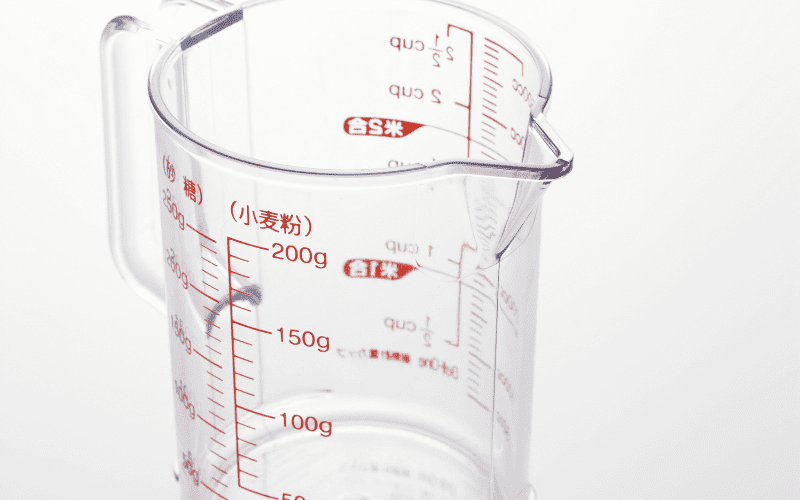
Now that we understand how many cups is 12 oz, let’s explore the measurements of specific ingredients when dealing with 12 ounces. Here are some common examples:
How many cups is 12 oz of chocolate chips?
12 oz of chocolate chips is equivalent to approximately 2 cups. This measurement is useful when you’re making cookies, brownies, or other sweet treats.
How many cups is 12 oz of pasta?
When it comes to pasta, 12 oz typically yields about 4 cups. However, it’s always a good idea to check the packaging instructions for the recommended serving size.
How many cups is 12 oz dry?
For dry ingredients like sugar, flour, or cocoa powder, the conversion may vary. Generally, 12 oz of these ingredients translates to approximately 2 and 3/4 cups. However, it’s best to use a scale or refer to specific recipes for precise measurements.
How many cups is 12 oz of water?
Since water has the same density as most liquids, 12 oz of water is equal to 1.5 cups. This conversion applies to other fluids as well, such as milk or broth.
How many cups is 12 oz of cranberries?
If you’re working with cranberries, 12 oz will give you approximately 3 cups. This measurement is useful for making sauces, jams, or desserts.
How many cups is 12 oz of flour?
How many cups is 12 oz of flour? 12 oz of flour amounts to approximately 2 and 2/3 cups. Flour is a staple ingredient in baking, so knowing this conversion is essential for achieving the desired consistency in your baked goods.
How many cups is 12 oz of peanut butter?
H ow many cups is 12 oz of peanut butter? When measuring peanut butter, 12 oz is equivalent to around 1.5 cups. This measurement is helpful when making peanut butter-based recipes like cookies or sauces.
How many cups is 12 oz of Rice Krispies?
How many cups is 12 oz of Rice Krispies? If you’re making a delicious batch of Rice Krispies treats, you’ll need approximately 9 cups of Rice Krispies cereal to match 12 oz.
How many cups is 12 oz of cereal?
How many cups is 12 oz of cereal? For other types of cereal, the conversion may vary depending on the density and shape. On average, 12 oz of cereal is equivalent to about 8 cups.
How many cups is 12 oz of shredded cheese?
How many cups is 12 oz of shredded cheese? When it comes to shredded cheese, 12 oz amounts to roughly 3 cups. This measurement is convenient for dishes like lasagna, casseroles, or tacos.
How many cups is 12 oz of frozen corn?
If you’re using frozen corn kernels, 12 oz will give you approximately 2 cups. This measurement is handy for soups, salads, or side dishes.
How many cups is 12 oz of Cool Whip?
How many cups is 12 oz of Cool Whip? Cool Whip is a popular whipped topping used in desserts. When you have 12 oz of Cool Whip, you’ll have about 3 cups to work with.
How many cups is 12 oz of egg noodles?
How many cups is 12 oz of egg noodles? 12 oz of egg noodles is equivalent to approximately 6 cups. This measurement is helpful when preparing pasta dishes or soups.
How many cups is 12 oz of broccoli?
How many cups is 12 oz of broccoli? For 12 oz of broccoli, you’ll end up with approximately 4 cups. This measurement is useful for various recipes, including stir-fries, casseroles, or side dishes.
How many cups is 12 oz of frozen peas?
How many cups is 12 oz of frozen peas? If you’re cooking with frozen peas, 12 oz will give you approximately 2 and 1/2 cups. This measurement is convenient for soups, stews, or salads.
How to Convert Cups To Oz?
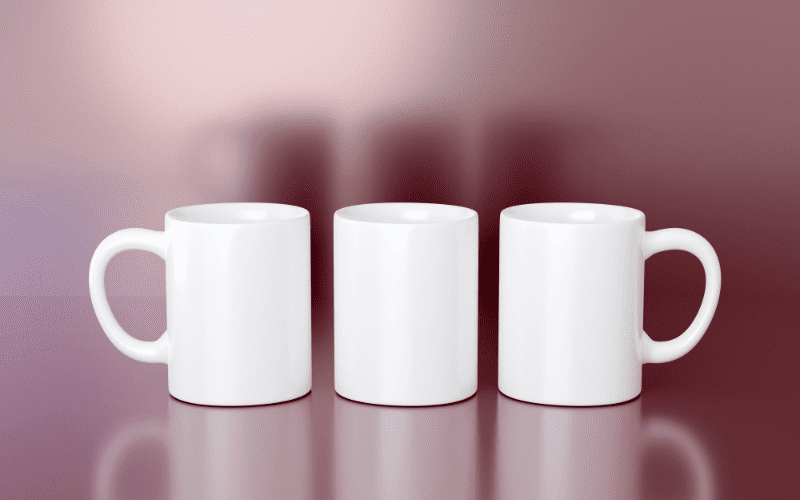
To convert cups to ounces, follow these step-by-step instructions:
- Determine the conversion factor: There are 8 fluid ounces in 1 cup.
- Multiply the number of cups by the conversion factor: Multiply the number of cups you have by 8 to get the equivalent number of ounces.
- Example: If you have 2 cups, multiply 2 by 8. The result is 16 ounces.
- The final result is the equivalent number of ounces.
How to Convert Oz To Cups?
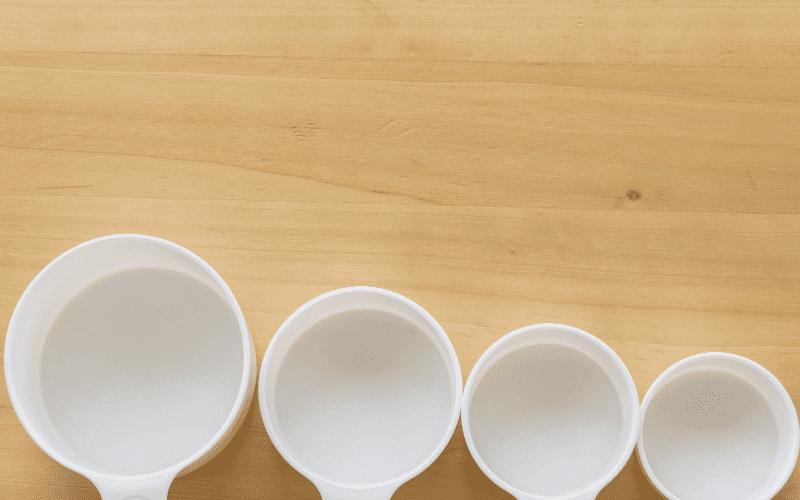
To convert ounces to cups, follow these step-by-step instructions:
- Determine the conversion factor: Divide the number of ounces by 8, as 8 fluid ounces is equal to 1 cup.
- Divide the number of ounces by the conversion factor to get the equivalent number of cups.
- Example: If you have 16 ounces, divide 16 by 8. The result is 2 cups.
- The final result is the equivalent number of cups.
Why Should You Know How Many Cups is 12 Oz?
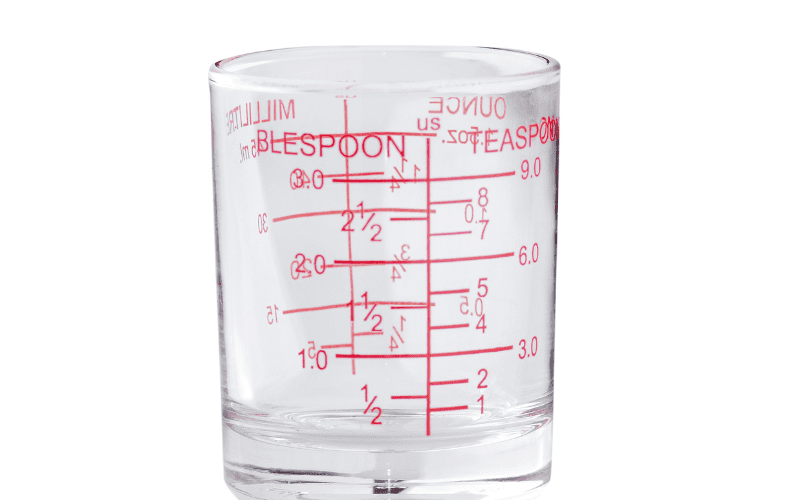
Knowing how many cups are in 12 oz is important for several reasons:
- Accurate Measurements: When following recipes, precise measurements are crucial to achieve the desired taste and texture of your dishes. Knowing how many cups 12 oz is helps ensure you add the correct amount of ingredients.
- Recipe Adjustments: Sometimes, recipes may call for ingredients in ounces, but you prefer to work with cups. Understanding the conversion allows you to adapt the recipe to your preferred measurement unit without compromising the final outcome.
- Portion Control: If you’re watching your portion sizes or need to portion out a specific amount of food, knowing the cup equivalent of 12 oz helps you measure servings accurately.
- Recipe Scaling: You may come across recipes that need to be scaled up or down based on the number of servings required. Being aware of the cups to 12 oz conversion enables you to adjust the recipe quantities accordingly.
- Ingredient Substitutions: In certain cases, you might not have the exact amount of an ingredient called for in a recipe. Knowing the cup measurement for 12 oz allows you to substitute ingredients while maintaining the appropriate ratios.
- Cooking Efficiency: Understanding measurements in the kitchen helps you work more efficiently and saves time. Knowing how many cups 12 oz is ensures you can quickly and accurately measure ingredients, enhancing your overall cooking experience.
By knowing the cup equivalent of 12 oz, you can confidently navigate recipes, make adjustments, and achieve consistent results in your culinary endeavors.
Related posts:
Tips for Accurate Measurement
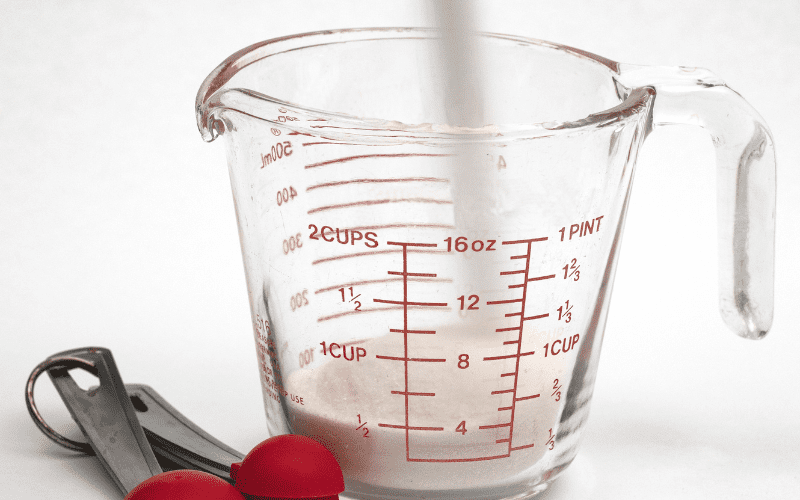
Accurate measurements are essential in cooking and baking to ensure consistent and successful results. Here are some tips to help you achieve precise measurements:
- Use Standard Measuring Tools: Invest in a set of reliable measuring cups and spoons. Opt for tools that are made of sturdy materials and have clear, easy-to-read markings.
- Level Off Dry Ingredients: When measuring dry ingredients like flour, sugar, or cocoa powder, use a straight-edged utensil (like a knife or spatula) to level off the excess. This ensures you’re using the exact amount called for in the recipe.
- Properly Fill Measuring Cups: For dry ingredients, spoon the ingredient into the measuring cup until it overflows, then level it off. Avoid tapping or packing the ingredient, as it can lead to inaccurate measurements.
- Use Liquid Measuring Cups for Liquids: For liquids, use a clear liquid measuring cup with graduated markings on the side. Place the cup on a flat surface and read the measurement at eye level for accuracy.
- Measure at Eye Level: When measuring ingredients, ensure you’re looking at the measurement markings at eye level. This helps prevent parallax errors and ensures accurate readings.
- Check Expiration Dates: Pay attention to the expiration dates of ingredients like baking powder, baking soda, and yeast. Using expired ingredients can affect the outcome of your recipes.
- Follow the Recipe: Stick to the specific measurements provided in the recipe. Deviating too much from the recommended amounts may alter the taste, texture, and overall success of the dish.
- Weigh Ingredients: Consider using a kitchen scale for greater accuracy, especially when working with ingredients that may have varying densities or when following recipes that provide weight measurements.
- Avoid Overcompacting: When measuring brown sugar or similar ingredients, lightly pack them into the measuring cup without pressing down too firmly. Overcompacting can lead to higher quantities than needed.
- Take Your Time: Slow down and focus when measuring ingredients. Rushing can easily result in mistakes and inaccurate measurements.
By implementing these tips, you’ll improve the precision of your measurements, leading to better cooking and baking outcomes.
Common Mistakes When Converting Between Different Units of Measurement
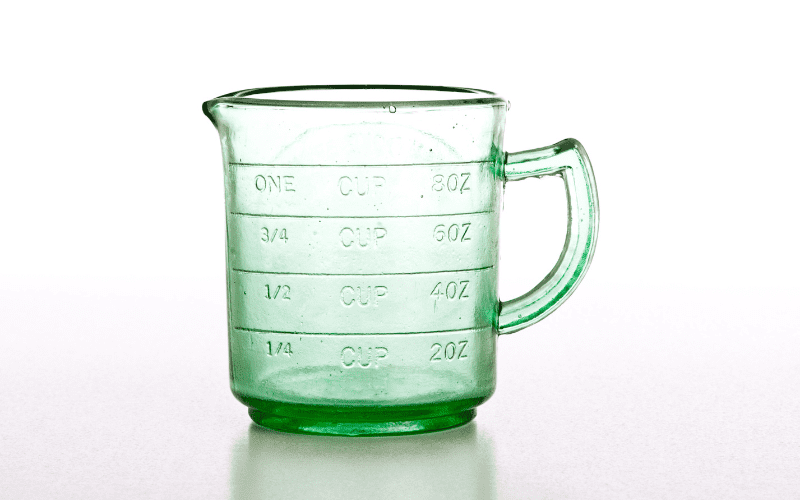
When converting between different units of measurement, such as cups and ounces, it’s important to be aware of common mistakes that can occur. Here are some common pitfalls to avoid when performing conversions:
- Incorrect Conversion Factors: Using the wrong conversion factor can lead to inaccurate results. Ensure you are using the correct conversion factor for the specific units you are converting between.
- Confusing Volume and Weight: Cups and ounces can refer to both volume and weight. It’s crucial to understand whether you are dealing with fluid ounces (volume) or ounces (weight) and use the appropriate conversion factor.
- Improper Rounding: Rounding errors can occur if you round off decimals too early in the conversion process. Carry out calculations with precision and round only at the final step to maintain accuracy.
- Ignoring Specific Ingredient Densities: Different ingredients have varying densities, meaning that the conversion from cups to ounces (or vice versa) may not be consistent across all ingredients. Consider the specific density of the ingredient you are working with to ensure accurate conversions.
- Using Estimations: Approximating measurements instead of performing precise conversions can lead to significant discrepancies. Take the time to calculate conversions accurately rather than relying on rough estimates.
- Misreading Measurement Markings: Misinterpreting or misreading measurement markings on cups or scales can result in incorrect conversions. Double-check that you are correctly identifying the measurement indicated by the markings.
- Overlooking Unit Compatibility: Ensure that the units you are converting are compatible with each other. For example, converting cups to ounces makes sense when dealing with volume measurements but may not apply to weight measurements.
- Neglecting Recipe Specifics: Some recipes may provide specific instructions regarding the preferred unit of measurement. Always follow the recipe guidelines to ensure consistency and accuracy.
To avoid these common mistakes, double-check your conversions, pay attention to the specific units and ingredient densities, and follow the guidelines provided in the recipe. Taking a meticulous approach will help you achieve accurate results in your conversions.
Read also:
- How Many Ounces In A Quarter Cup?
- How Many Ounces In A Cup?
- How Many Ounces In 2 Cups?
- How Many Ounces In 5 Cups?
FAQs
How many tablespoons are in a cup?
There are 16 tablespoons in a cup. This conversion is useful for recipes that require smaller increments of measurement.
Can I use a regular drinking glass as a measuring cup?
It’s best to use proper measuring cups with accurate markings for precise measurements. Drinking glasses may not provide the same level of accuracy.
How do I convert grams to cups?
Converting grams to cups depends on the ingredient’s density. It’s recommended to use a kitchen scale for more accurate measurements or refer to specific conversion charts for common ingredients.
How do I convert ounces to milliliters?
To convert ounces to milliliters, multiply the number of ounces by 29.57. This conversion factor provides an approximate conversion for fluid ounces to milliliters.
Can I convert dry ounces to fluid ounces?
Dry ounces and fluid ounces are different measurements. It’s not accurate to directly convert between the two without considering the specific ingredient’s density.
How do I convert teaspoons to tablespoons?
There are 3 teaspoons in 1 tablespoon. If a recipe calls for teaspoons and you prefer to use tablespoons, multiply the number of teaspoons by 1/3 to get the equivalent tablespoons.
How do I convert metric measurements to imperial measurements?
Converting metric measurements to imperial measurements involves using conversion factors. For example, 1 gram is approximately 0.035 ounces, and 1 centimeter is about 0.39 inches.
Can I convert volume measurements to weight measurements?
Converting between volume and weight measurements depends on the specific ingredient’s density. It’s recommended to refer to conversion charts or use a kitchen scale for accurate conversions.
How can I convert Fahrenheit to Celsius?
To convert Fahrenheit to Celsius, subtract 32 from the Fahrenheit temperature, then multiply the result by 5/9. This provides the equivalent Celsius temperature.
How do I measure ingredients without a scale or measuring cups?
In the absence of measuring tools, you can use common household items for rough approximations. For example, a tablespoon is roughly the size of a standard ice cream scoop, and a cup is approximately the size of a baseball.
Conclusion
In conclusion, understanding the conversion of how many cups is 12 oz is a fundamental skill in the culinary world. Whether you’re an experienced chef or a novice in the kitchen, accurate measurements are the key to achieving delicious and consistent results. By knowing that 12 oz is equal to 1.5 cups, you can confidently navigate recipes and ensure the perfect balance of ingredients. Remember, precise measurements not only contribute to the taste and texture of your dishes but also reflect your culinary expertise. So, the next time you’re preparing a recipe, let the conversion of 12 oz to cups guide you towards culinary success. Happy cooking!

